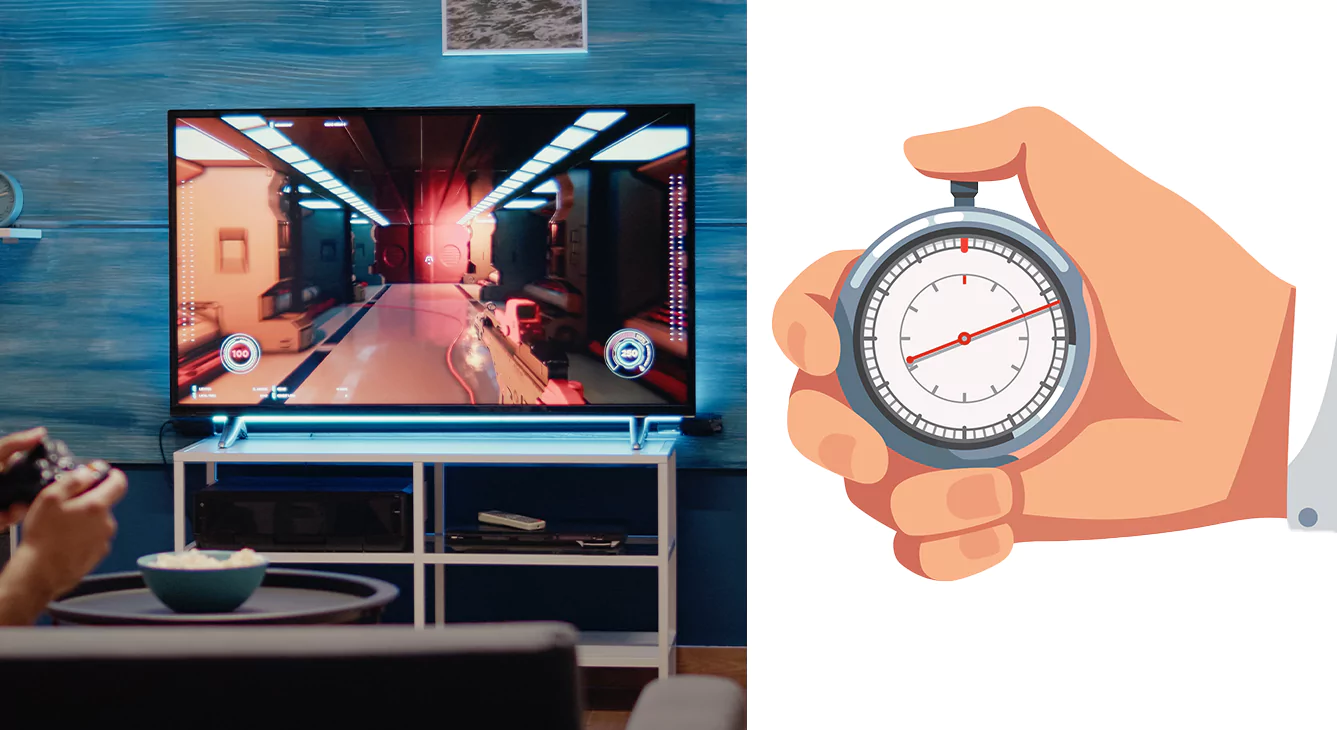
Diving deep into the intricacies of monitor performance One key term you’ll frequently encounter is ‘response time.’ In this guide, we’ll unravel what exactly “Response Time on a Monitor” means. At its core, response time measures how quickly pixels on the screen can change from one color to another, whether it’s a transition between distinct colors or varying shades of gray. Join us as we delve into this critical aspect of display technology.
Why Response Time is Crucial for Gaming Monitors
Response time is a vital metric for all monitors, but its importance is magnified for gamers, video editors, and videographers. Think of response time as the lubricant that ensures smooth motion on a display. Whether you’re gaming or editing videos, even a few milliseconds can dramatically affect your experience, especially if your monitor lags.
Defined in milliseconds, response time gauges how swiftly pixels transition from one color to another, typically from black to white or between shades of gray. Optimal response times prevent “ghosting,” where slow pixel transitions result in blurry motion. By aiming for the lowest response time, you ensure sharper images and enhanced display clarity.
How to Understand Response Time Measurements
When you see a monitor listed with a response time of five milliseconds (5 ms), it indicates that the display can transition from white to black and back to white in 1/200th of a second. While response time is a critical factor in many technological domains—ranging from database queries and memory management to web page loading—it’s particularly vital for monitors used in gaming. This metric underscores why swift monitor response times can significantly enhance gaming experiences.
The Importance of Response Time in Gaming and Video Editing
While tasks like watching videos, emailing, or daily routine work may not demand razor-sharp response times, the story changes drastically when it comes to intensive video editing, VFX work, and, especially, gaming. Casual users might overlook slight lags due to the swift color transitions on screens. However, these nuances become critical for professional gamers and video editors.
In the world of gaming, every millisecond is pivotal. Delays in actions like sniper shots or evasive moves can determine victory or defeat. Thus, serious gamers should aim for monitors with minimal response times, ideally between 1 ms and 5 ms. Although such dedicated monitors might cost more, the edge they provide in competitive scenarios is undeniable.
Response Time vs. Refresh Rate: What’s the Difference?
It’s easy to confuse response time and refresh rate due to their similar implications for display quality. However, they address different aspects. The refresh rate, expressed in hertz (Hz), denotes how frequently a display updates its image each second. In contrast, response time gauges the duration needed for pixels to switch between colors. To break it down, the refresh rate dictates the number of images a screen can render in a second, while the response time describes the speed at which individual pixels change color. (Black to Gray and reversible)
Deciphering the Ideal Response Time
The question often arises: Is a high or low response time preferable? To clarify, a quicker response time is always superior. It measures the speed at which a pixel transitions between colors or shades of gray. Consequently, for those in the market for gaming or video editing monitors, the lowest response time should be a top priority.
Navigating the Best Response Time for Monitors
General-purpose monitors usually boast a response time ranging from 8 to 10 milliseconds. Comparatively, LCD screens often register response times below 10 ms. But remember, for motion clarity and image quality, the lower the response time, the better. In the gaming realm, monitors with a response time between 1 ms and 5 ms are considered the gold standard.
FAQ
What matters more in a gaming monitor, the refresh rate or the response time?
What is a good response time for a monitor?
What is ghosting on the monitor and displays?
What is screen tearing in gaming monitors?
Conclusion
Response time in a monitor determines how quickly pixels change colors, influencing visual clarity, especially in fast-paced scenarios like gaming. An optimal response time ensures a smoother and clearer viewing experience. If you still have any queries or suggestions, please write us, and our team will reply soon.




